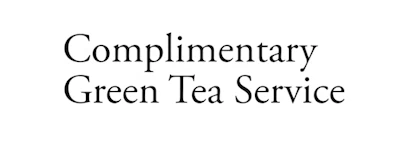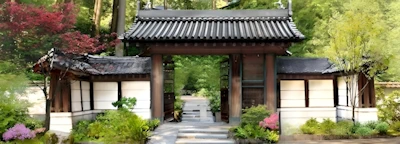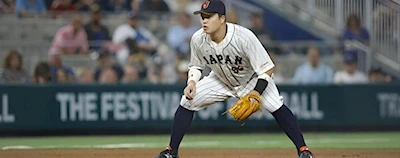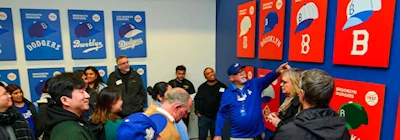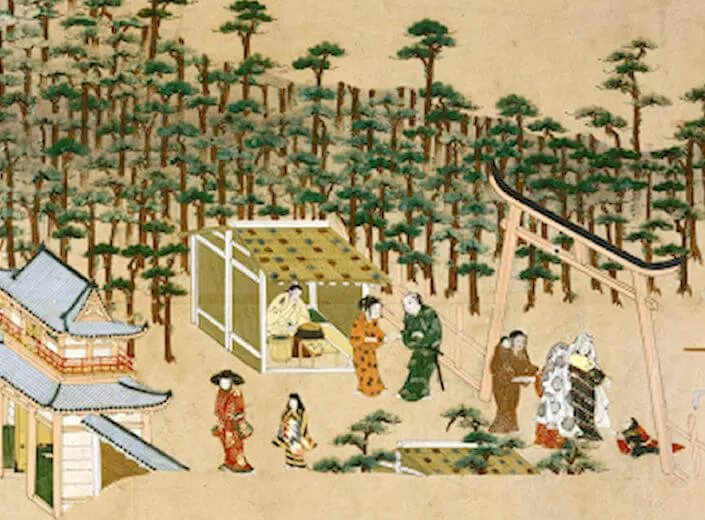Lingering Dreams: Japanese Painting of the Seventeenth Century - Pavilion for Japanese ArtNEW
Other Events At This Location
Los Angeles County Museum of Art (LACMA)
This Specific Event Date Has Passed
- No Additional Dates.                   
Los Angeles, CA 90036
Panoramic views of Kyoto, the Imperial capital of Japan for more than a thousand years, were first painted on folding screens in the 16th century.† Called rakuchŇę rakugaizu-literally "scenes in and around the capital"-these screens portray important identifiable sites such as Buddhist temples, Shinto shrines, and natural features such as Mt. Hiei and the Kamo River.
The power structure in Japan changed fundamentally during the 17th century, affecting the arts as well. Tokugawa Ieyasu (1543Ė1616) established the Tokugawa period (1615Ė1868), an extended era of peace. As they recovered from a hundred years of war, Japan's cities-Kyoto in particular-were rebuilt and paintings of their famous scenic spots and events began to proliferate. Support for the emperor during a period of political change; advances in printing, which allowed wider dissemination of classics of court literature from earlier centuries, and repair of court art collections after years of war all led to an era of neo-classicism, as painters re-explored themes from the courtly past. At the same time, the Kano school of painters, led by Kano Tan'yŇę (1602Ė1674) during much of the 17th century, established the official school of painting for the samurai class, using Chinese style and subject matter.
Disclaimer: Please double check all information provided on our platform with the official website for complete accuracy and up-to-date details.
Tuesday, 19 November, 2013
All Dates For This Event
Event Contact
Event Organizer Website
Visit Organizer Website
Get More Details From the Event Organizer
Event Location Website
Visit Location Website
For More Location Details
Event Information Can Change
Always verify event information for possible changes or mistakes.Contact Us for Issues


